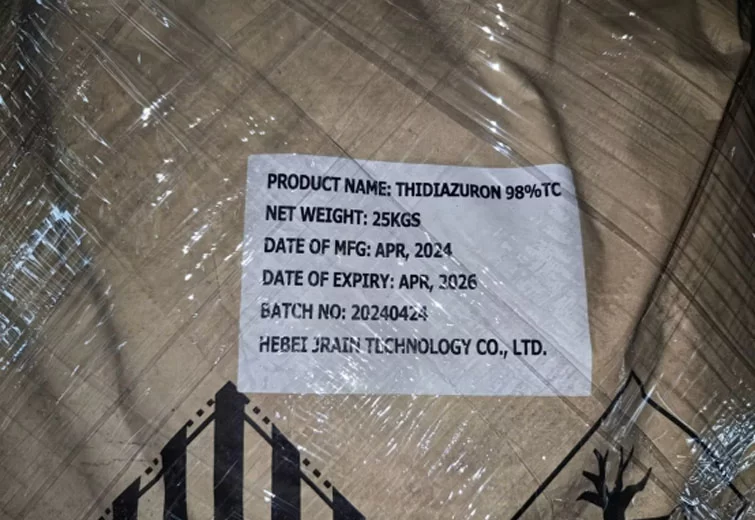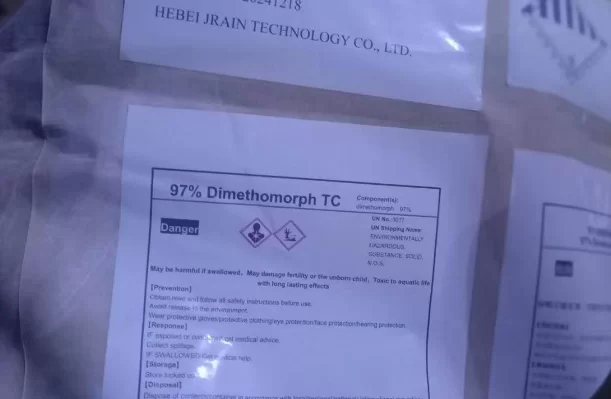![[object Object]](https://hbjrain.com/images/2025/07/11111112.jpg)
Azoxystrobin
1.Characteristic: Mitochondrial respiratory depression, mitochondrial respiratory block, can not produce ATP, the cell will die
2.Applicable crops: Cereals, rice, peanuts, grapes, potatoes, fruit trees, vegetables, coffee, lawns and so on
3.Control objects: All fungal diseases such as powdery mildew, rust, blight, leaf spot, downy mildew, rice blast
4.Method of application: Stems and leaves spray, seed treatment.
5.Precautions:Azoxystrobin should not be mixed with insecticide emulsions, especially organophosphorus emulsions, nor with organosilicone synergistic agents,it can cause drug damage due to excessive permeability and development
What Our Customers Say About Azoxystrobin
Azoxystrobin FAQs
-
80%High PurityEnsure the reliability of each product.
-
58%Fast-Acting FormulaQuickly provide visible effects
-
What makes Azoxystrobin's mode of action unique among fungicides?
What makes Azoxystrobin's mode of action unique among fungicides?
Azoxystrobin inhibits mitochondrial respiration in fungi through a specific biochemical action that differs from other fungicide classes. This strobilurin chemistry provides both protective and curative activity.
-
Which diseases are most effectively controlled by Azoxystrobin?
Which diseases are most effectively controlled by Azoxystrobin?
The fungicide excels against rusts, powdery mildews, leaf spots, and blights in numerous crops. Its broad-spectrum activity makes it valuable in diverse agricultural production systems.
-
Does Azoxystrobin offer any plant health benefits beyond disease control?
Does Azoxystrobin offer any plant health benefits beyond disease control?
Some users report incidental physiological benefits including improved stress tolerance and greening effects, though these responses vary by crop, environment, and application timing.
-
How does Azoxystrobin compare to other strobilurin fungicides?
How does Azoxystrobin compare to other strobilurin fungicides?
While sharing the same mode of action, Azoxystrobin offers distinct advantages in certain crops and disease situations. Local performance data helps determine its best uses compared to alternatives.
-
How does weather conditions affect Azoxystrobin performance?
How does weather conditions affect Azoxystrobin performance?
The fungicide performs well across various conditions but may require adjustment of application timing during rainy periods that could wash off unprotected residues before full absorption occurs.
















